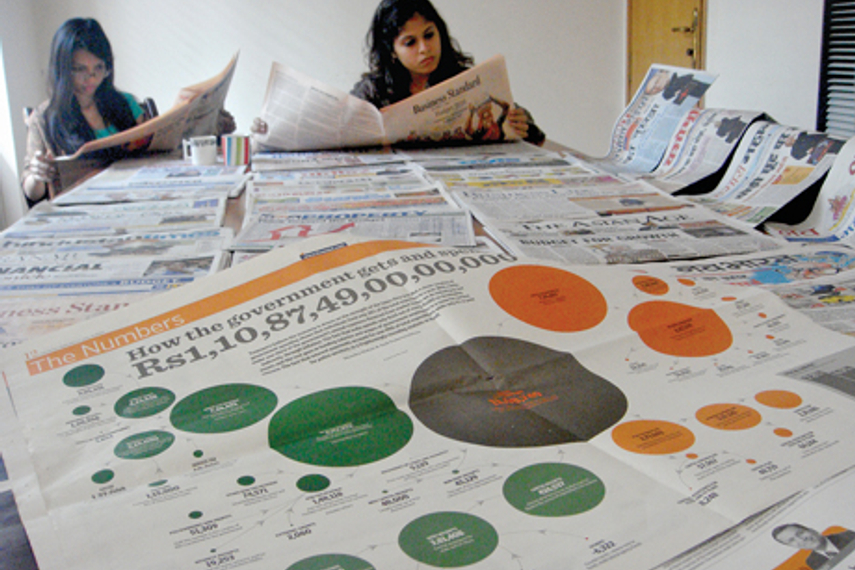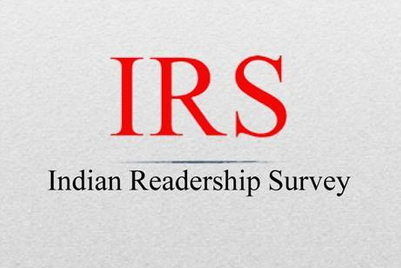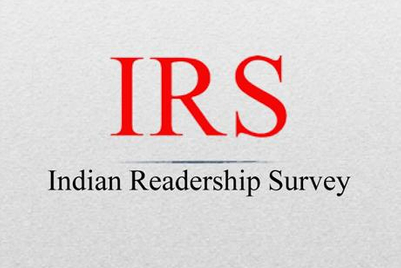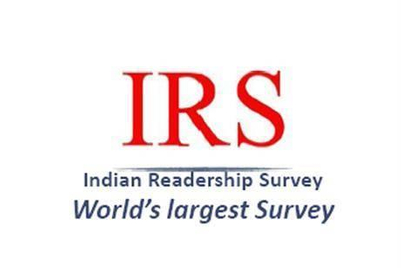
Readership surveys in India have been widely disparaged for getting the numbers wrong. Therefore the news of the two bodies National Readership Survey (NRS) and Indian Readership Survey (IRS) merging to form the Readership Studies Council of India (RSCI) has been greeted with cautious scepticism. One of the biggest newspaper groups in Tamil Nadu issued a statement: “Why don’t we wait for the survey results from the merged entity before making a comment?”
1. The chairperson of RSCI is Lynn de Souza, the chairman and CEO of Lintas Media Group. She is aware of the market sentiment and at times a string of litigations filed by media groups and publishing houses against “erroneous numbers.”
Consequently, chairperson, de Souza has been treading carefully and making the right moves. She states: “At the first meeting of the RSCI, the chairman of the technical committee was appointed, and included as a permanent invitee to the RSCI managing committee.”
2. The first chairman will be the current IRS technical committee chair, Paritosh Joshi, who has the required knowledge and experience with media research and data, and impartiality. The technical committee will have equal representation from publishers, advertisers and agencies in the same ratio as the board.
The RSCI will use the services of the MRUC Secretariat for its communication and administrative needs. The other highlights are: MRUC which owns IRS, and ABC which owns NRS, will have a partnership of equals. For starts, the RSCI will be called IRS in order to maintain the brand that the industry is familiar with.
De Souza explains: “At the next meeting, within a month, there will be discussions on taking the readership agenda forward vis-à-vis future-ready research methodologies and research partners. The names of the technical committee members will also be discussed and approved.”
3. To what extent will this address the credibility issue? “Ask me this in 2014 and I definitely will have something concrete to say,” feels Sanjeev Kotnala, vice president, brand communication and national head at the Dainik Bhaskar Group, which is the largest newspaper group in India.
Kotnala adds: “Currently, there are hopes and expectations. The debate on single currency and dual will continue. One would presume that such a merger would lead to strengthening of measurability and may bring more transparency to the whole system and estimates. There are grey areas on control, process, cost, focus and a lot more. Hopefully RSCI will remain true and answerable to the one it is supposed to represent.”
4. On the announcement, Ananth Nath, the director of Delhi Press, who publish a raft of popular Hindi magazines, says, “We hope the readership measurement metrics at RSCI is scientific and takes into account the complexity of India, which is the lynchpin of all analysis.”
Shantanu Bhanja of Hindustan Times feels it is a good development. He says: “This will trigger changes that will be able to reflect more quickly the growth in readership in markets like Mumbai and the NCR, and truly reflect the many innovations we are doing with our products to drive readership, especially among young and upmarket readers.”
Kotnala adds: “The NRS/IRS advantages and disadvantages is such an old issue. What the industry need is that RSCI learns from the appreciation and critique of NRS / IRS by the industry and takes on the best of the elements. It will be a slow process. So maybe 2015 will be a better year to answer it.”
5. Jacob Mathew, executive editor and publisher at Malayala Manorama and president of Wan-Ifra, states: “More colour pages and advertiser expectations have fuelled the need for large Capex. Most print media companies expect circulation to grow for some more time. Advertising may have some ups and downs but all are hoping for a continued growth.”
Clearly the mantra is to sustain the profitability; and re-invent the newspaper advertising business model.
All eyes are on the RSCI.
What it means for…
Media owners
- Create standard metrics
- A technical committee which is fair and impartial
- A proper research methodology and research partner
Agencies
- Accurate readership data
- Better measurability
- Reliable predictors


.jpg&h=334&w=500&q=100&v=20250320&c=1)
.jpg&h=334&w=500&q=100&v=20250320&c=1)


.jpg&h=334&w=500&q=100&v=20250320&c=1)


.jpg&h=334&w=500&q=100&v=20250320&c=1)
.jpg&h=334&w=500&q=100&v=20250320&c=1)





.jpg&h=268&w=401&q=100&v=20250320&c=1)
.jpg&h=268&w=401&q=100&v=20250320&c=1)


